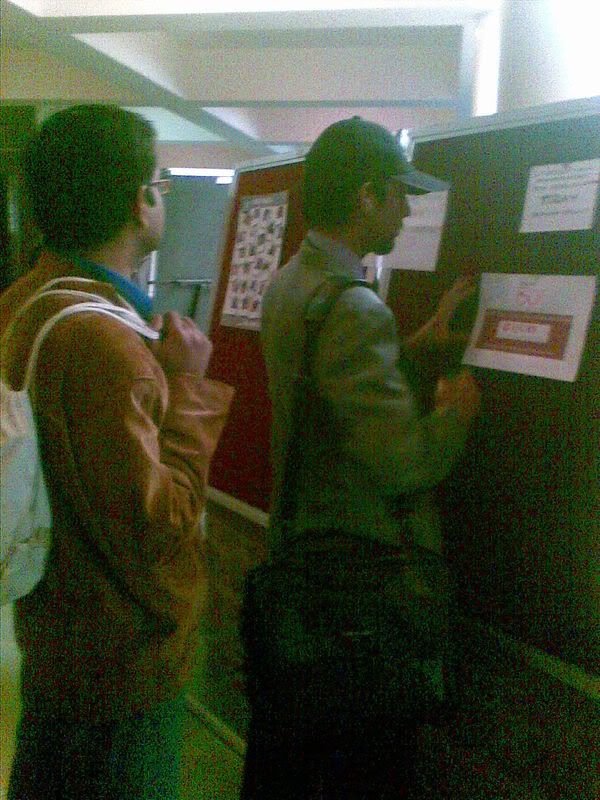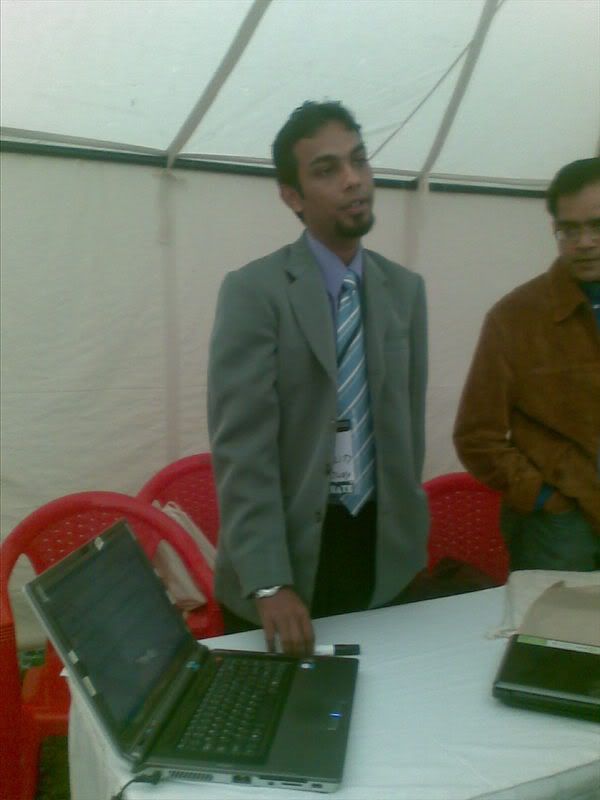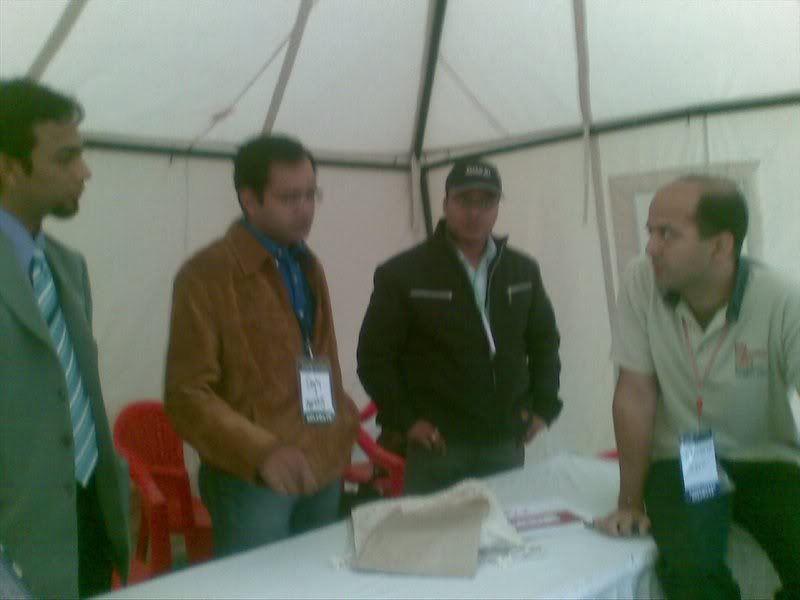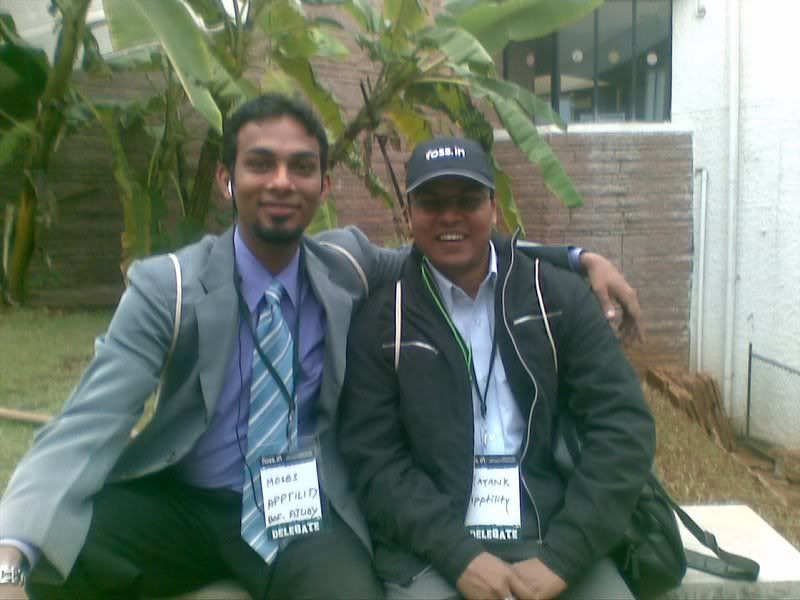1. Ajuby in FOSS.IN BOF

2. Pasting the BOF on the clipboard

3. Giving the demo to the folks

4. Explaining passionately

5. Demostrating on the laptop

6. Debating with the Sun Microsystem guy

7. Took quick time to grab coffee

8. The future innovators











posted by Moses Paik | 1:59 AM | 3 comments

The following guidelines are intended for general presentations. These guidelines can be applied to face-to face meetings, web presentations, and desktop video meetings.
Basic Guidelines For Designing Your Presentation
Basic Guidelines About Presentation Materials
posted by Moses Paik | 4:51 AM | 0 comments

"The most unfortunate thing is that India still seems to believe in proprietary solutions," he said in the speech. "Further spread of IT, which is influencing the daily life of individuals, would have a devastating effect on the lives of society due to any small shift in the business practice involving these proprietary solutions. It is precisely for these reasons open-source software needs to be built, which would be cost-effective for the entire society. In India, open-source code software will have to come and stay in a big way for the benefit of our billion people."
posted by Moses Paik | 2:16 AM | 0 comments
posted by Moses Paik | 3:33 AM | 0 comments

posted by Moses Paik | 2:35 AM | 0 comments
posted by Moses Paik | 1:05 AM | 0 comments
posted by Moses Paik | 12:49 AM | 0 comments

posted by Moses Paik | 12:32 AM | 0 comments
Secret #2: How To Get Your Letter Opened and Most Importantly, Read
posted by Moses Paik | 12:17 AM | 0 comments
posted by Moses Paik | 10:03 PM | 0 comments
The following tips will help you use your "telephone tool" to its fullest:
Your voice is your personality over the telephone. It makes an immediate impression that can portray you as friendly or distant, confident or timid, spontaneous or mechanical, relaxed or nervous.
So, how do you come across over the phone? Evaluate the following attributes:
posted by Moses Paik | 6:27 AM | 0 comments

In a landmark judgement, the Supreme Court confirmed the death sentence of Mohammed Afzal in the Parliament attack case, but condoned the death sentence of Shaukat Hussain Guru and passed the order of 10 years rigourous imprisonment.
The court upheld the Delhi high court judgement of acquitting S A R Geelani and Afsan Guru, wife of Shaukat Guru.
Justice P V Reddy and Justice P V Neolkar absolved Shaukat Guru of charges under the Terror Act, but sentenced him to for concealment of the conspiracy of the attack on Parliament.
The death toll in Maharashtra rose to 942 with Mumbai accounting for 436 deaths, Navi Mumbai 60, Thane 206, Raigad 136, Ratnagiri 18, Sindhudurg seven, Kolhapur 11, Parbhani six, Nanded nine, Yavatmal 10, Satara four, Beed seven, Aurangabad seven, Jalna two, Hingoli one, Wardha two, Pune seven, Nasik one, Bhandara five, Washim two and Amravati five.
In Vidarbha region, there was also a let up in rainfall and water level receded in Vainganga river in Bhandara. In Nasik, incessant rains since Monday night disrupted normal life and the civic body issued notices to residents of old houses in Kazi Gadhi locality, facing threat of collapse due to heavy rains.
There were no fatalities in the Air France jet crash at Toronto airport, although 43 people were injured, authorities said. Authorities increased the toll to 43 after initially reporting 22 injuries.
Airport official Steve Shaw confirmed that no one died in Tuesday's accident, speaking to reporters shortly after an Air France A-340 jet arriving from Paris crash-landed at Toronto's Pearson International Airport during a storm. Forty-three people were taken to area hospitals, but their injuries were minor, Shaw said.
The plane was apparently struck by lightning while braking on the runway, according to a French source close to the investigation. Shaw added that the circumstances surrounding the crash are the subject of an ongoing Canadian-French investigation.